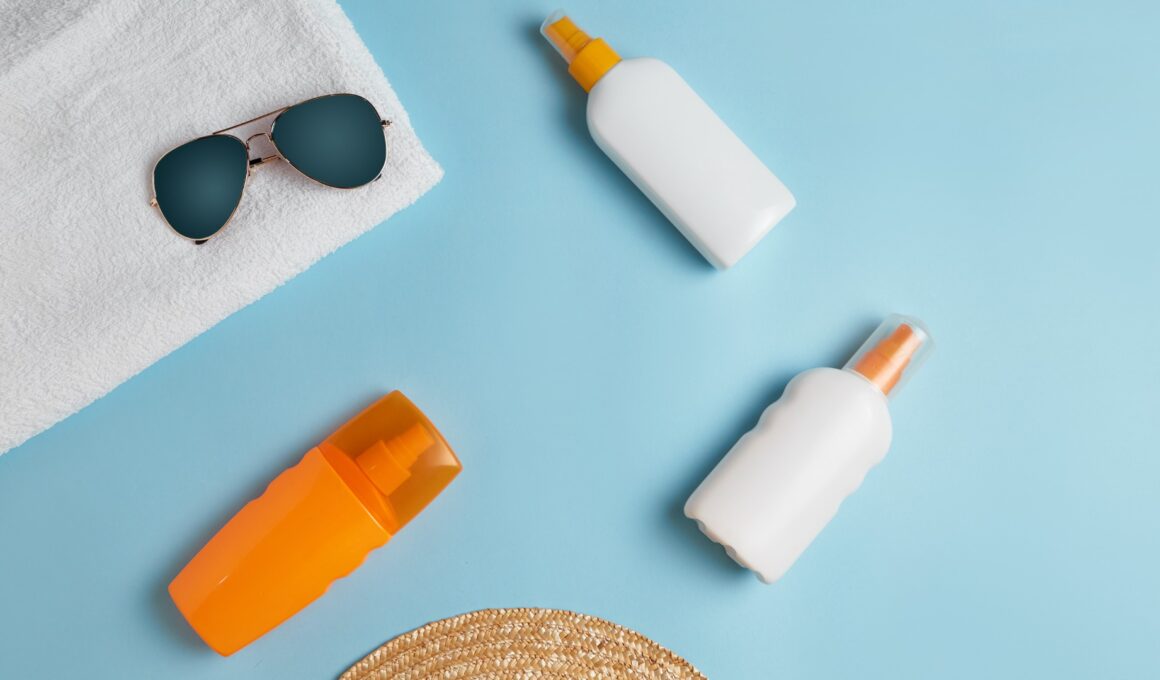Given concerns over the link between overexposure to the sun and skin cancer, it is normal for people to seek the best possible protection from the sun’s rays. One of the ways to judge the effectiveness of a sunscreen or suntan lotion is by the sun protection factor (SPF) rating listed on its label.
In theory, the higher the SPF rating that a sunscreen has, the more harmful ultraviolet (UV) rays of the sun are blocked. But, as a quote that has been attributed to everyone from Albert Einstein to Yogi Berra wisely says, “In theory, theory and practice are the same thing, but in practice, they are not.”
How much sun is blocked by different SPF-rated sunscreens?
If we were to use our “consumer intuition,” it would seem reasonable that a sunscreen with an SPF rating of 30 would block twice as many UV rays as a sunscreen with an SPF rating of 15. But in reality, when measuring one of the two types of UV rays, an SPF 15 sunscreen blocks 93% of UV-B rays, while an SPF 30 sunscreen blocks 97% of UV-B rays. A sunscreen with an SPF rating of 50 blocks 98% of UV-B rays.
So, contrary to intuition, an SPF 30 sunscreen is not 50% more effective than an SPF 15 sunscreen, but only 4% more effective. And the jump from SPF 30 to SPF 50 gives you only an additional 1% greater protection from the sun.
So why do some companies market sunscreens with higher SPF ratings?
Marketing. Companies such as Neutrogena, which provide a range of sunblockers with ratings as high as SPF 100 and SPF 110 – all considerably more expensive than SPF 50 sunscreens – are hoping that you don’t know the actual difference between the different SPF ratings, and will be lured into believing that an SPF 100 sunscreen really does offer 50% more protection than an SPF 50 sunscreen. At least one class action lawsuit is being considered against these manufacturers, charging them with intentionally deceiving their customers about the effectiveness of their sunscreens.
The Food and Drug Administration (FDA) recommends that for most people, and in most conditions, any sunscreen with an SPF rating of 15 or higher is a fine choice. An SPF 30 sunscreen provides an excellent general level of protection, and an SPF 50 sunscreen provides pretty much the most protection you can get.
Tips to make your sunscreen work better
Now that you know that it really isn’t worth spending more money for a sunscreen with an SPF rating higher than 50, here are a few tips to increase the effectiveness of the ones you do use:
• Use a “broad spectrum” sunscreen. UV-A radiation is as important to protect yourself from as UV-B, because the UV-A rays are more prevalent in sunlight and they penetrate deeper into the skin, contributing to both wrinkles and skin cancer risk. So read the label to make sure that the sunscreen you buy protects against both types of UV.
• Remember that sunscreen has a limited shelf life. That bottle of sunscreen left over from last summer may have lost a great deal of its effectiveness, especially in its ability to protect against UV-A rays.
• Apply sunscreen before you go out. If possible, apply it 30 minutes before you are exposed to the sun.
• Reapply it often. Time reduces the effectiveness of your first application of sunscreen, so apply it again after an hour or so. Reapply after going swimming or exercising.
• Don’t forget your ears and nose. Both of these areas, like your shoulders, are oriented to the sun such that they will burn more quickly.
• Sunscreen or not, limit your time in the sun. Also, if possible, avoid being exposed to the “high sun” between the hours of 10:00 am and 4:00 pm.
• Wear UV-blocking sunglasses. Your eyes need protection from the sun, too.




